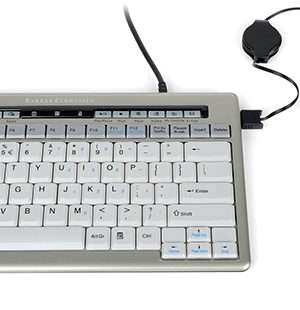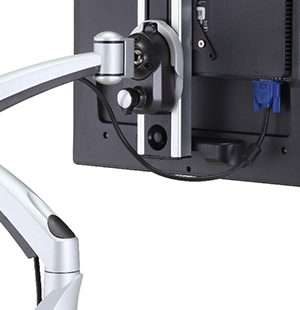ERGONOMICS
Establishing an ergonomic workstation is essential for maintaining a healthy and productive work environment. This involves arranging your desk and its components in a way that not only prevents injury but also promotes good posture. Posture, the alignment of your body against gravity while standing, sitting, or lying down, is a key factor in overall well-being. An ergonomically designed workstation contributes to good posture by ensuring that bones and joints are correctly aligned. This alignment allows muscles to be used efficiently, reducing the risk of abnormal wear on joint surfaces that could lead to conditions such as arthritis. Additionally, it decreases stress on the ligaments supporting the spine’s joints, preventing the spine from becoming fixed in unnatural positions.
Efficient use of muscles in an ergonomic setup also serves to counter fatigue, as the body expends less energy. This not only enhances work performance but also helps prevent strain or overuse problems that can arise from prolonged periods of inefficient muscle use. By averting such issues, an ergonomic workstation plays a pivotal role in preventing backaches and muscular pain, contributing to overall well- being.
Proper ergonomics is instrumental in the effective accomplishment of work tasks. It serves as a preventive measure against work-related injuries caused by strain and overuse. The importance of investing in ergonomic design becomes apparent when considering the long-term impact on physical health and work efficiency.
An ergonomic workstation is designed to support the body’s natural alignment, ensuring muscles are used efficiently and reducing the risk of injury. This proactive approach not only fosters a healthier work environment but also enhances productivity by preventing the adverse effects of strain and overuse. Embracing proper ergonomics is an investment in both physical well-being and professional effectiveness.
Showing all 7 results









